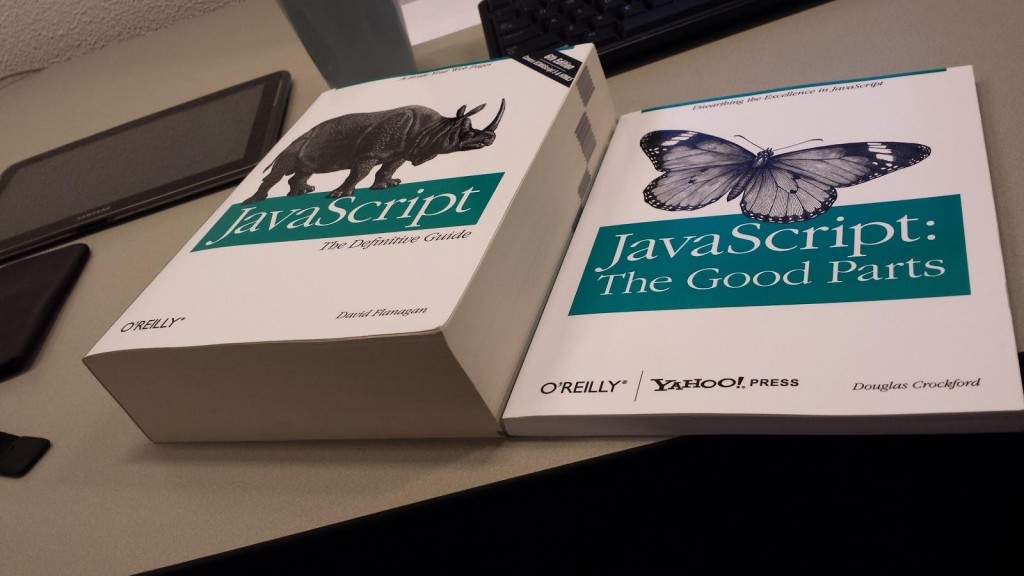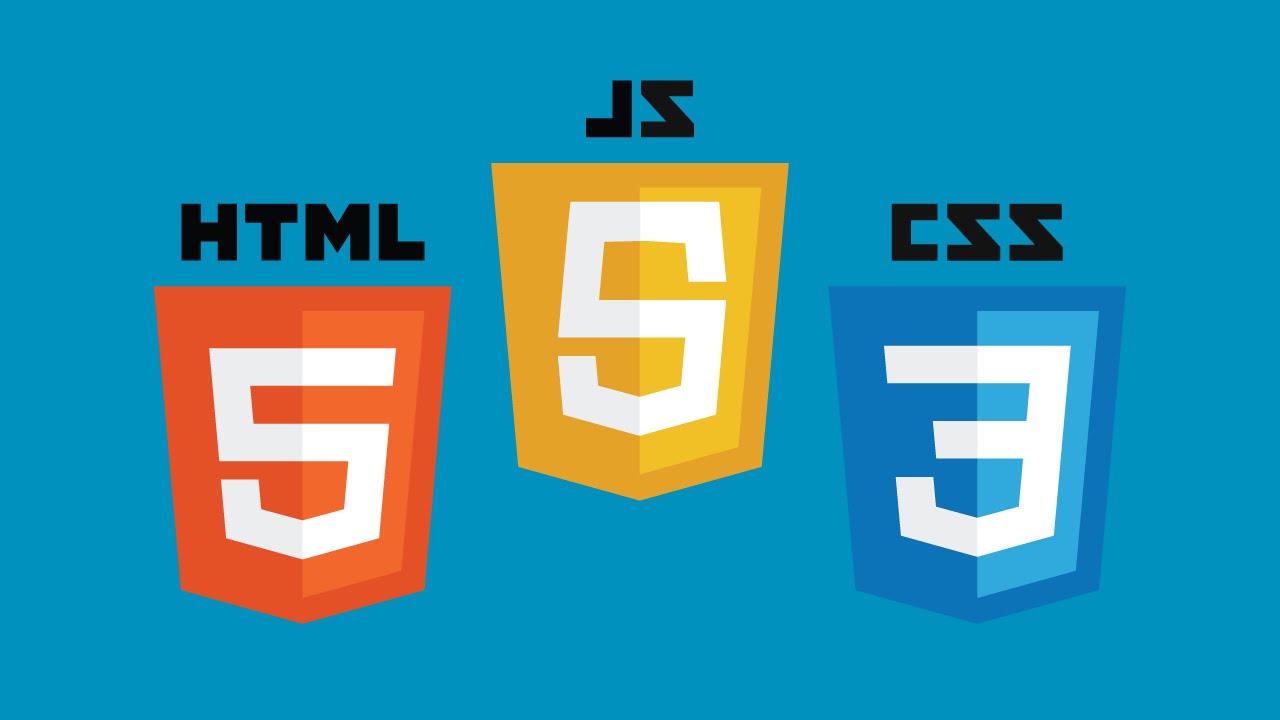
Why ES6 is the best thing since bread.slice()
&& how to jump in and never look back

Damon Muma,
BA HSSC URR MOGA TM
Senior Front-End Developer, User Experience Design & Video, Digital Services, London Life
@thedamon

E to the C to the M to the A to the...
Outline
- JavaScript: Not just for theatre & coffee lovers!
- What and why is ES6
- Features in ES6?
- How is to ES6?
- Promise: No Car Analogies

So... Javascript.

ES5...ish
- Many confusing solutions for modularizing code
- Many confusing solutions for doing classes/inheritence/prototypes
- Does this work in my supported Browsers?
- WEIRD syntax
- Testing if things exist
if typeOf null blah blah
//install
[4] * [4] // 16
[] * [] // 0
[] * {} // NaN
[4, 4] * [4, 4] // NaN
({} * {}) // NaN
Fuck it, gimme 241.59 KB of jQuery
- A lot of weird things about javascript, especially with IE8 involved.
- Drop IE8, you can at least use ES5
- But still...


An S? Seriously?
ECMAscript 6 / ECMAscript 2015
JS Goes Evergreen
- "2015" ⬅️ 📜 to the Browsers
- 🌱 Living Standard
- Stay current. Adapt to Trends, Best Practices
Ecma
"Ecma International is an industry association founded in 1961, dedicated to the standardization of information and communication systems."
- Not WHATWG etc
- Unrelated to the Browser API (document.anyFunction(), fetch, etc)
What's Inside ES6?
Promises
-
Modules
- Like Require.js/Browserify, etc
- Official implementation
- Dependency Management
- Separation of Concerns
- 🏢 > 🍝
Export
//tinyPiglet.js
export const numEars = 2;
export default rubTummy function(){
return "squeak!";
}
privateMethod = function(){
return "well I never!";
}
//or
export {numEars, rubTummy}
Import
import {rubTummy, numberOfEarsOnAPiglet as numEars} from "tinyPiglet.js";
rubTummy(); //"squeak!"
console.log(numEars); //2
import * as piglets from "tinyPiglet.js"; //everything
piglets.rubTummy() //"squeak"!
import "tinyPiglet.js"; //side-effects only
import tinyPiglet from "tinyPiglet"; //default import
That's it!...?
- No official module bundler (need jspm, webpack, browserify, etc)
- Official syntax relies on separate files (HTTP2!!)
- Use this: NOW
Classes!
- Shut up, Java.
- Prototypal Inheritance
- Official Implementation
- Classes >
_.sample(['Prototype','Module', 'Revealing Module', 'etc...'])
import { cuteMeatAnimal } from 'cuteMeatAnimal';
class tinyPiglet extends cuteMeatAnimal {
export const numEars = 2;
constructor(){
console.log('Stumble in and roll about on the floor.');
}
export default static rubTummy function(){ //Static: tinyPiglet.rubTummy
return "squeak!";
}
privateMethod = function(){ //instance: new TinyPiglet().privateMethod()
return "well I never!";
}
}
That's it!
- Use 'em!
Syntax stuff!
var , let, and const
- var is weird, get rid of it.
- let does not wander into parent scope. Good kitty! 😸
- const can never be reassigned (it can change!)
var cat, toys = [], scritchesPerMinute;
let myCatsMood = 'cheerful';
const myCatsDisdainForMe = 'epic';
myCatsDisdainFormMe = 'gone!!' // ERROR!
Default Function Parameters
You maay have seen this before in another language...
function feedCat(
food = 'catfood',
amount = function(){Math.random()},
foodBrand = food + 'Co'
){
if (food === 'human') callPolice();
}
feedCat() //will have defaults!
Arrow => Functions
- Retain
thisfrom parent (noselfor.bind() - implicit returns
- Great for functional stuff like
.map(),.filter(),.reduce().
//ES5ish
function(number) {
return number % 2;
}
//ES6!!!
number => number % 2
(parameters) => {} // braces will *remove* implicit return
Template Literals
- LITERALLY THE BEST! 🎺
- Removes much of the need for non-native templating engines
//ES5ish
var example = 'This' + fetchCompliment() + 'string can go \
to another line and keep going'
//ES6!!!
let example = `This ${fetchCompliment()} string can go
to another line and keep going`;
Promises
-
Objects and Arrays!
...spread and rest...
Spread is like a cross section of an array.
let partsToPet = ['back', 'tummy', 'tail']
petTheseParts(...partsToPet);
//petTheseParts('back', 'tummy,', 'tail')
//Trick! quickly convert an object or collection to an array
[...document.querySelectorAll('')].forEach{...}
//or array building:
let foo = [2, 3, 4];
console.log(1, ...foo, 5) // '1 2 3 4 5'
Rest is not sleep 😟. PHP calls this the 'splat' operator💦.
//a flexible number of parameters
function petTheseParts(...parts){
console.log(parts) //['back', 'tummy', 'tail'];
}
Destructuring 💣
Pull things out of an array
//response.kittens.thisKitten = {name: 'Smuggler'}
let {name, hairColour, favouriteSpot = 'myChair'}
= response.kittens.thisKitten;
name //"Smuggler" vs console.log(response.kittens.thisKitten.name)
hairColour //undefined
favouriteSpot //myChair
Destructuring 💣
You can rename what you extract but it's backwards 🔄
let {name: nameOfTheKittenIWillPet} = response.kittens.thisKitten;
name //undefined
theNameOfTheKittenIWillPet //Smuggler
//function parameter defaults when you're CALLING them?
shooCat(favouriteSpot = 'keyboard');
//or this ridiculousness:
var { x: { y: { z: w } } } = o1;
Object.assign() 😃
This one is pretty straightforward, but awesome!
function updateKitten(newKitten){
Object.assign({}, defaultKitten, currentKitten, newKitten);
}
let currentKitten = {favouriteToy: 'packing peanuts'}
inspectKitten(currentKitten);
updateKitten(currentKitten, {favoriteToy: 'my soft, mushy fingers'});
Computed Property Names (CPN?) 🗝
{
[surprisePropertyName()]: 'uuuuhh... 7?',
['theHolySwordOf' + myName]: swordStats
}
Property Value Shorthands (PVS?) 🍰
Object.is({ name }, {name: name}); //true
But Wait There's More!
- promises
- generators
- maps
- weak maps
- sets
- symbols
- proxies
- iterators
- reflection
ES2016
- Decorators
- ::bind operator
- Array.includes()
- Rest and Spread for object properties
Using ES6
- Browser Support 🔗
- Transpiling
- Transpiling
- Transpiling

Babel
- ES6+ polyfills via transpiling
- Integrates with any build system
- Configurable
- Just launched a BNV 6 (Big New Version)
- de facto Standard (⚰ Traceur)
//install
$ npm install --save-dev babel-loader babel-core
Webpack
//project config:
module: {
loaders: [
{ test: /\.js$/, exclude: /node_modules/, loader: "babel-loader"}
]
}
//or per file:
var Person = require("babel!./Person.js").default;
Grunt
$ npm install --save-dev grunt-babel
grunt.initConfig({
"babel": {
options: {
sourceMap: true
},
dist: {
files: {
"dist/app.js": "src/app.js"
}
}
}
});
grunt.registerTask("default", ["babel"]);
And everything in between
And yes, this does all assume you're using NPM for package management.
So Why ES6?
- easier to write
- easier to read*
- easier to not use jQuery
- native ∴ smaller (eventually)
- standardizing practices
- getting used to change
Resources


